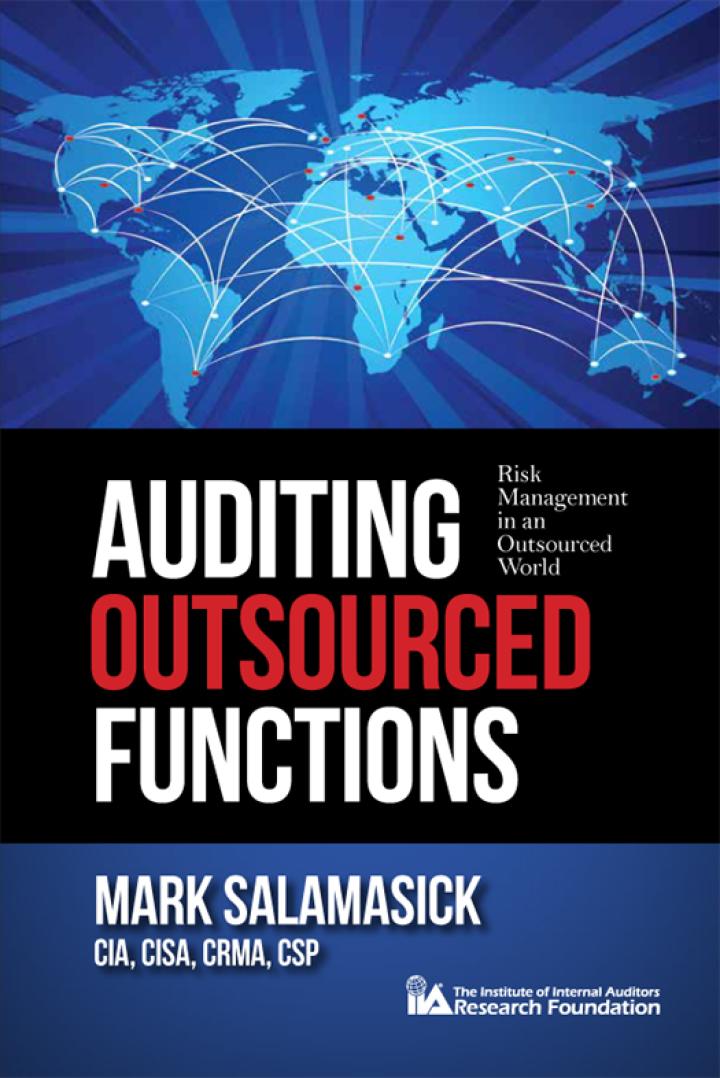Question
Part A For the year ending 30 June 2019, XYZ Ltd earns a profit after tax of $1.05 million. Dividends on 400 000 convertible, cumulative
Part A
For the year ending 30 June 2019, XYZ Ltd earns a profit after tax of $1.05 million. Dividends on 400 000 convertible, cumulative preference shares amount to $200 000. The preference dividends are not treated as expenses in the accounts of XYZ Ltd (the preference shares have been disclosed as equity in the statement of financial position). As at 1 July 2018 there were 500 000 fully paid ordinary shares. There were no additional share issues during the year As at 1 July 2018 there were also:
$250 000 in convertible debentures, which paid interest at a rate of 10% per year, and which could be converted to 125 000 ordinary shares, at the option of the debenture holder
20 000 share options currently on issue, with an exercise price of $2.00
the 400 000 convertible, cumulative preference shares, which were issued in 2014 and are convertible into 120 000 ordinary shares at the option of the preference shareholders
Assume the tax rate is 30% and that the average market price for ordinary shares during the year was $5.
Required: (a) Calculate the basic EPS for year ending 30th June 2019. (2 Marks)
(b) Calculate the diluted EPS for year ending 30th June 2019. (8 Marks)
Part B
a) Where would the information about earnings per share be disclosed in an annual report of a company? (2 marks)
b) If an entity has issued mandatorily convertible instruments, can they be ignored when we are calculating basic earnings per share? (4 marks)
c) All things are being equal, will a higher EPS lead to a higher or lower dividend payout ratio? Discuss.
Step by Step Solution
There are 3 Steps involved in it
Step: 1

Get Instant Access to Expert-Tailored Solutions
See step-by-step solutions with expert insights and AI powered tools for academic success
Step: 2

Step: 3

Ace Your Homework with AI
Get the answers you need in no time with our AI-driven, step-by-step assistance
Get Started


